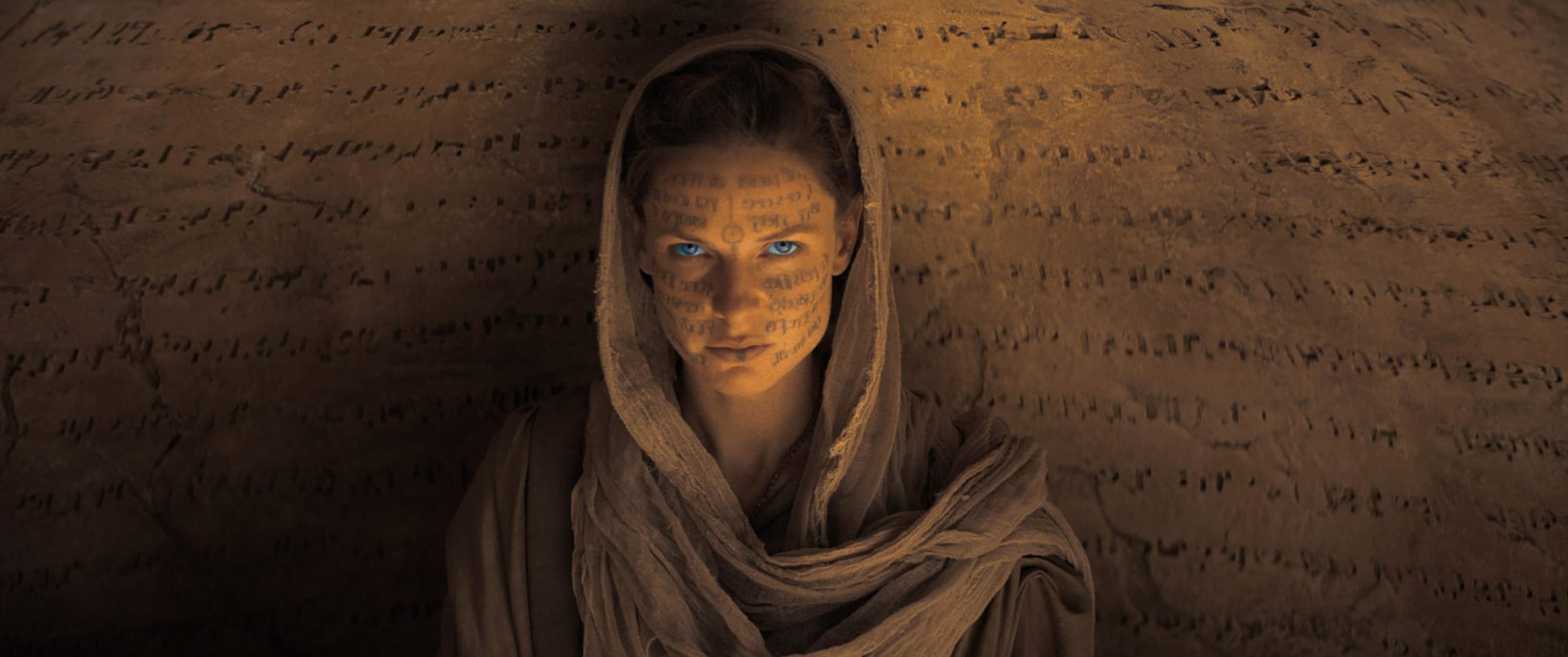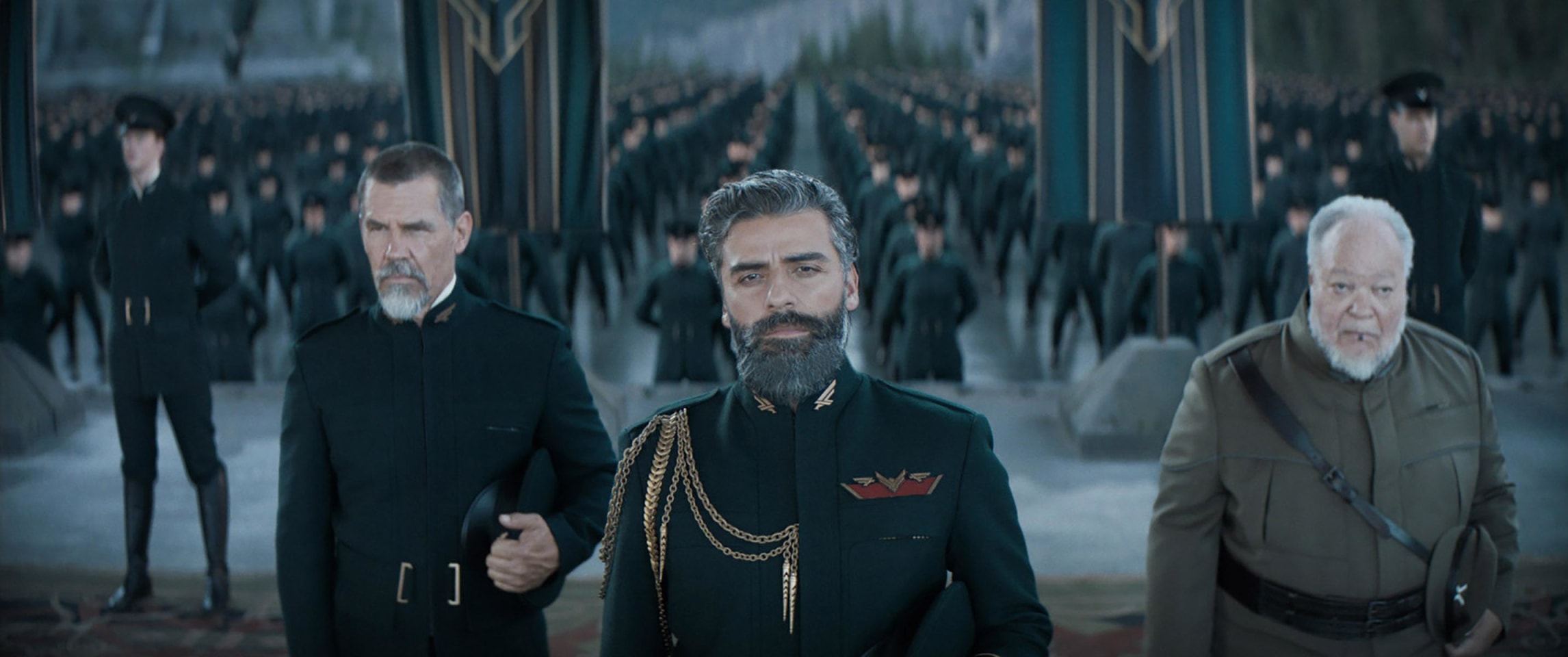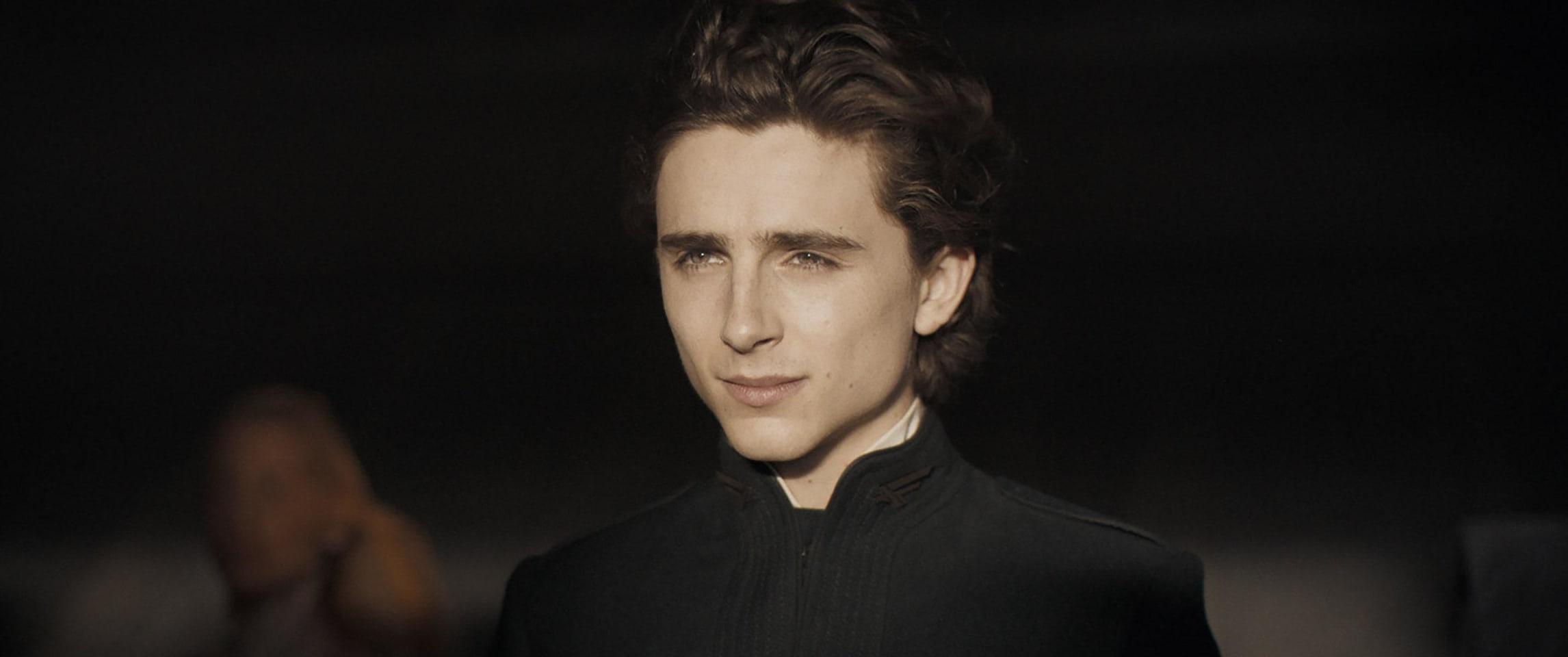This weekend, Denis Villeneuve’s long-awaited adaptation of Dune is hitting theaters. It’s had a bumpy road to the big screen. Initially scheduled to release last November, it was pushed back to last December in the wake of the winter wave of COVID-19, then again to October 1 of this year, and one more time to October 22. That’s given it almost a full extra year to polish off the post-production and VFX, not to mention building more anticipation.
Since debuting at the Venice International Film Festival on September 3rd, that anticipation has grown even more. So far, it’s gotten largely positive reviews from critics, with most noting that the scope and ambition of Villeneuve’s adaptation are helped by the stunning visuals and excellent ensemble cast. It’s certainly been a passion project for the filmmaker, who has become one of Hollywood’s go-to directors for sweeping sci-fi.
Still, it’s a lot of story to pack into one movie. The lore of Dune is dense and complex, and those who have never read the books or who are unfamiliar with the story may be scrambling to catch up. But Dune is such an ambitious project for a reason, befitting the sci-fi epic that influenced so many sci-fi stories that came after. For those who are curious to check it out but perhaps a bit daunted by the story, here’s your Dune crash course and everything you need to know before heading to theaters.
Getting ‘Dune’ To The Big Screen Has Involved Decades Of Disaster

Frank Herbert’s Dune may be a seminal work, which is why it may surprise some that it hasn’t been adapted many times in the 56 years since it was first published. It’s precisely because it’s so influential that adaptations have been rare. The scope of the story and scale of the world-building required to bring it to screen has been daunting and prohibitive, despite studios being interested in adapting it almost since the book was first published.
The first time the film rights to Dune were acquired was all the way back in 1971 when Apjac International snagged them. However, the project fell apart when it kept getting delayed due to a revolving door of directors joining then leaving the project. In 1974, a group of French investors bought the rights from Apjac with filmmaker Alejandro Jodorowsky attached to direct what he initially conceived as a 10-hour-long movie with everyone from Orson Welles to Salvador Dali in the cast and his own son starring as Paul Atreides. Casting was underway and it was well into pre-production when the project’s financial backing was pulled – which was just as well, seeing as how Jodorowsky’s magnum opus had ballooned to an insane 14 hours and was completely unrecognizable from Herbert’s original book.
Two years later, famed producer Dino De Laurentiis bought the film rights from that French consortium with Frank Herbert writing a new screenplay. In 1979, De Laurentiis tapped director Ridley Scott, who was fresh off his monster hit Alien, to helm the adaptation. And then seven months in, Scott dropped out of the project after his brother, Frank, unexpectedly died right as Scott realized the project would take at least another two and a half years of his life.
Jump to 1981, and De Laurentiis had re-upped the rights to the book, and this time, he hired David Lynch to direct. The first-ever screen adaptation of Dune hit theaters in 1984 and it largely bombed. Before agreeing to the project, Lynch had never read the book, wasn’t familiar with the story, and wasn’t particularly interested in sci-fi, and the resulting project showed all of that. Today, it’s considered a cult classic, but at the time it was sprawling, weird, and incomprehensible.
The first moderately successful attempt at adapting Dune came in 2000 when the then Sci-Fi Channel adapted it as a miniseries and it ended up being one of the most successful originals in now SyFy’s history. Fast-forward through two more failed attempts by Paramount to bring Dune to the big screen before the rights were acquired by Legendary in 2016 and that eventually turned into Villeneuve’s film hitting theaters this week. With Villeneuve’s eye for epic sci-fi, the deep pockets of parent company Warner Bros., and advancements in CGI and technology, it should be the best Dune adaptation we’ve ever seen.
The Novel Influenced Massively Popular Later Sci-Fi & Fantasy

Frank Herbert’s novel was groundbreaking and impacted a number of notable sci-fi works that came after, influencing everything from Star Wars to Hayao Miyazaki movies. Other stories that can credit Dune for inspiring elements of their stories are Stargate, Mad Max Beyond Thunderdome, and Blade Runner. And every movie that has ever employed the use of a giant sandworm, such as Tremors and Beetlejuice, has Dune to thank. Dune was so influential that it even broke beyond sci-fi to influence epic fantasy, as well, most notably the Wheel of Time series, which lifted pieces of the story straight from Dune and merely transplanted it into a fantasy setting, and Game of Thrones.
The ‘Dune’ Movie Is Only Adapting The First Part Of The Novel

Don’t be surprised when you go into the movie and come out thinking that it only seems to have told half the story. That’s because it has. Initially conceived as a single film when he and cowriters Eric Roth and Jon Spaihts started writing the first draft of the script. Over the next few years, however, it became clear that the scope of even the first book in the Dune saga was so vast that it had to be split into two movies, and the trio reworked the script to cover the first half of the book while still telling a satisfying story that wouldn’t leave audiences feeling shortchanged. The movie ends roughly where the two-year time jump happens in the book, creating a natural stopping point for a two-part movie.
Along with that script reworking, Villeneuve also tried to update Herbert’s story while staying faithful to his classic novel. Arcs for most of the female characters were much improved and elevated from the stories they had in Herbert’s 1965 novel, and Villeneuve also wanted to tie the fantastic sci-fi epic to current realities today. Likewise, while he has seen Lynch’s version of Dune and much of Jodorowsky’s concepts laid out for his own vision of Dune, Villeneuve has been clear that he is not incorporating any of their ideas, being a very different kind of filmmaker from those two visionaries.
It Tells A Complex But Incredibly Human Story

Despite the vastness of Dune‘s story, at its heart, it’s an incredibly intimate coming-of-age story. Both the reader and audience surrogate is Paul Atreides (Timothée Chalamet), scion of House Atreides, led by his father, Duke Leto (Oscar Isaac) and mother, Lady Jessica (Rebecca Ferguson). The Atreides’ rival is House Harkonnen, ruled by Baron Vladimir Harkonnen (Stellan Skarsgård). Each member of the Atreides family is highly skilled in fighting and politics, each cunning and clever in their own way, but Paul has the most pressure on him as his prophetic dreams leave Lady Jessica to suspect he’s the subject of a long-rumored messianic prophecy. Every bit of their cunning is needed when the Emperor appoints them the new overseers of the planet Arrakis, a move that Duke Leto knows is a trap but can’t quite see how.
On the surface, it seems like an incredible opportunity and a prestigious appointment. The desert planet Arrakis, also known as Dune, is the only known source of the highly coveted spice known as melange in the entire universe. Spice is used to enhance human thought to preternatural levels, enable travel at light speed, and to extend human longevity. However, harvesting spice is incredibly dangerous due to the sandworms, giant, predatory serpents that live in the sands near the spice deposits and burst up through the sand without warning to swallow entire groups of people or spice harvester vehicles whole.
In reality, however, House Harkonnen is secretly working with the Emperor to wipe out House Atreides, and soon, they launch a full-scale assault on the Atreides and their army. The ensuing devastation sends Paul out into the deserts of Arrakis to fulfill his destiny. He’s aided by the Fremen, the desert people of Dune who have learned to coexist with the sandworms, led by Stilgar (Javier Bardem) and Chani (Zendaya). There, Paul learns how to use the spice to awaken the true extent of his powers, getting one step closer to fulfilling the multiple prophecies about him.
You’ll Need To Know These Vocabulary Words

Like many sci-fi and fantasy epics, the world and mythology of Dune are dense and unique, meaning there are a plethora of vocabulary words you may be unfamiliar with. Along with those mentioned above, you may want to brush up on these words first in order to better enjoy the movie without wondering what characters are talking about. While no means extensive, these are some of the unique vocabulary words that are sure to pop up in Villeneuve’s movie based on the trailers and the first half of the book.
Bene Gesserit – A secret and powerful matriarchal faction of women who undergo extensive training to enhance their mental powers. They are often placed in positions high up among royalty and in the government, acting as spies, advisors, high-ranking officials, and more. Lady Jessica is secretly one of the Bene Gesserit.
Caladan – The Atreides’ home planet that they leave in order to settle on Arrakis.
Crysknife – A trademark Fremen weapon, a dagger fashioned from the fang of a sandworm.
Fremen – The indigenous desert people of Arrakis, the Fremen are a quasi-nomadic culture that have learned how to not only coexist with the sandworms, but also to ride them. They regularly use spice, giving them extensive powers of foresight and prophecy.
Holtzman shield – Normally just called a shield, they’re shield’s based on a concept known as the Holtzman effect in order to create powerful, personal reflective shields around one’s body that can only be penetrated by objects that move below a certain velocity.
Kwisatz Haderach – The prophesied, rare male Bene Gesserit whose mental powers would be so great they’d bridge space and time, becoming a messiah-like figure who will usher humanity into a new age. Lady Jessica strongly suspects this may be her son, Paul.
Lisan Al-Gaib – This one is a Fremen prophecy, the title translating to “The Voice from the Outer World,” as well as “Giver of Water,” denoting an off-world prophet of legend. As you might have guessed, this is also Paul.
Maker hooks – Handheld hooks used by the Fremen to capture, control, and ride the sandworms of Arrakis.
Mentats – Individuals who long ago took the place of computers, trained to the point of mind-boggling cognitive and analytical abilities.
Muad’Dib – The small desert kangaroo mouse of Arrakis admired by the Fremen people for its ability to survive in the harsh climate. It’s also the name Paul symbolically takes as his Fremen name, which becomes a mythic title as rumors of his powers start to spread far and wide.
Ornithopters – Small flying vehicles similar to helicopters that resemble dragonflies in flight.
Sardaukar – The highly-trained, ferocious and slightly fanatical army of the Emperor.
Space Folding – Dune‘s faster-than-light travel powered by the spice melange that enables ships to travel from point to point almost instantaneously.
Spacing Guild – A powerful guild that rules the universe’s space travel and transport with an iron fist due to the powers and skills of their Navigators, pilots with preternatural skills of flight and direction.
Stillsuit – You may have noticed the Fremen wearing bulky, armor-like suits that seem ill-suited for the desert. However, stillsuits are an important means of survival, designed to minimize water waste by the body by collecting all liquids the body releases (yes, all) and recycling it into drinking water.
—
Dune is in theaters on Friday, October 22.













